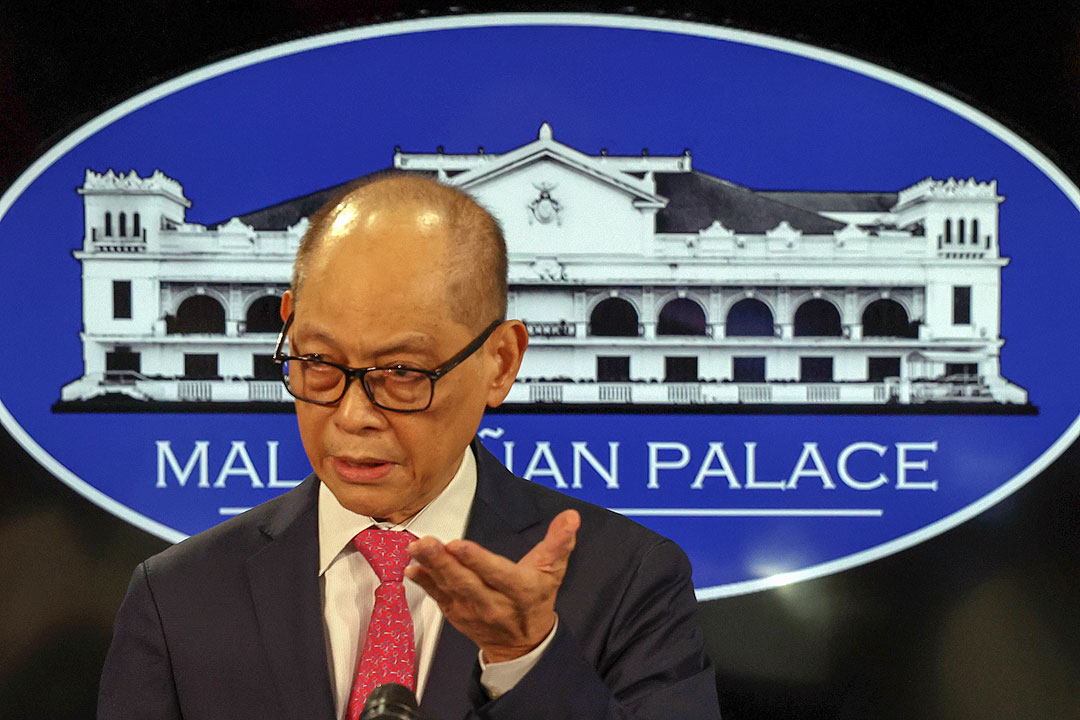Debt-to-GDP ratio seen to drop to 50% by 2028

THE PHILIPPINES’ debt-to-gross domestic product (GDP) ratio is expected to drop to around 50% by 2028 if it sustains its strong economic growth, Finance Secretary Benjamin E. Diokno said.
“The debt-to-GDP ratio was below 40% before the pandemic, and went up to 62% this year as revenues fell while pandemic-related pending rose. With sustained, strong growth, expect the debt ratio to fall to about 50% by 2028,” Mr. Diokno told reporters in a Viber message last week.
The National Government’s outstanding debt as a share of GDP rose to 63.7% at the end of September — the highest in 17 years. The latest debt-to-GDP ratio was higher than the 63.5% in the first quarter and 61.2% logged in the second quarter.
It also remains above the 60% threshold considered manageable by multilateral lenders for developing economies.
“While the absolute level of debt may increase, the economy’s ability to pay also increases from the economic gains and investments it pursued, including where the debt is used for. As long as the economy grows faster than the growth of public debt then the level of debt becomes sustainable,” Mr. Diokno said.
Economic managers earlier said the goal is to bring down the debt-to-GDP ratio to 61.8% by yearend, all the way to 52.5% by 2028.
The Philippine economy expanded by an average 7.7% in the first nine months of 2022. In order to achieve the government’s 6.5-7.5% full-year target, the economy would only need to grow by 3.3-6.9% in the fourth quarter.
“What matters is the sustainability of debt, which depends on two things: the cost and the ability to pay it off,” Mr. Diokno said.
“On the cost, the government’s prudent strategy over the years, which was expressed in the country’s strong credit ratings amid a sea of downgrades globally during the pandemic, enabled the government to meet its financing needs at the lowest possible cost, consistent with a prudent degree of risk.”
Earlier this month, S&P Global Ratings affirmed the Philippines’ “BBB+” investment grade rating with a “stable” outlook. The “BBB+” sovereign rating is a notch away from the “A”-level grade targeted by the government.
S&P said the Philippines may face difficulty in restoring the fiscal and debt settings to pre-pandemic levels in the next 12 months to two years, due to rising inflation, tightening monetary policies and supply chain disruptions.
However, S&P cautioned that a downgrade is possible if the Philippines’ recovery falters, which leads to a “significant erosion” of the long-term growth trend.
“Indications of downward pressure on the ratings would be a sustained annual change in the net general government debt that is higher than 4% of GDP and the general government net debt stock exceeding 60% of GDP, or interest payments exceeding 15% of revenue on a sustained basis,” it said.
In September, Moody’s Investors Service also affirmed the country’s long-term local and foreign currency issuer and senior unsecured ratings at “Baa2” with a “stable” outlook.
Mr. Diokno also noted that the government needs to actively manage foreign exchange risk, liquify risk and interest rate risk when borrowing.
“Debt in foreign currency has lower interest rates. But the peso equivalent of debt service may rise when the peso depreciates. The borrowing mix is the main policy tool to reduce the foreign currency risk exposure of the debt, wherein the government targets a mix that is heavily skewed towards local financing,” he said.
The government plans to borrow P2.47 trillion this year, with 75% of expected to come from domestic sources. — Luisa Maria Jacinta C. Jocson
